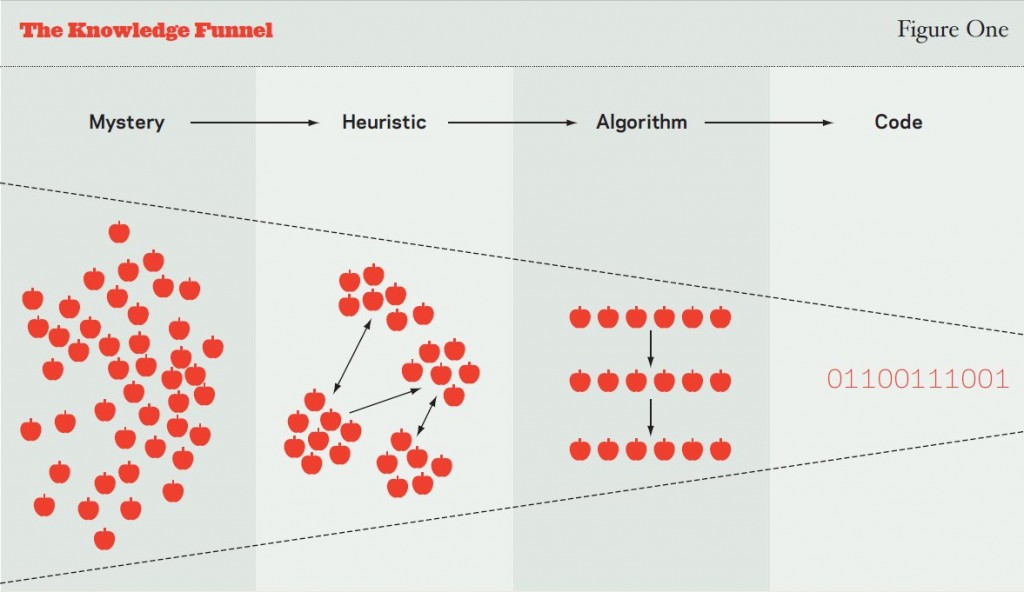Or the Making of a Superhero

by Braden Kelley
In today’s rapidly evolving world, the consulting landscape is undergoing a profound transformation. I was recently asked a series of questions to capture my thoughts on how the consulting industry and its employees will need to evolve to thrive in the coming years – including my thoughts on the creation of “superhero” consultants. The emergence of the “superhero” consultant is not merely a result of advanced tools and technologies, but rather the cultivation of essential skills and capabilities. As we navigate through this era of unprecedented change, it is imperative for consulting firms to foster a culture of flexibility, growth, and continuous learning. The future of consulting lies in the hands of those who can seamlessly integrate human expertise with artificial intelligence (AI), build meaningful connections in a hybrid work environment, and facilitate diverse perspectives to drive innovation. This article delves into the key attributes that will define the next generation of consultants and explores the obstacles that must be overcome to unlock their full potential.
Here are the questions:
1) What are the tools and technologies that a consultant should use to become a “superhero” consultant? Why are these specific tools/technologies important? How should these tools be used most effectively?
This is the wrong question. It is not tools and technologies that will enable “superhero” consultants, but instead the development of the right skills and capabilities. The future of consulting will require consulting firms to hire and develop employees that are:
- Flexible and growth minded – the world is changing at an accelerating rate and consultants more than ever before will need to be lifelong learners, comfortable with knowledge gaps and eager to become an expert in something on behalf of the client with each new project
- AI Taskmasters – the future of work is man and machine working together and consultants skilled at breaking down work to the right size (atomizing work) and assigning it to both human and AI workers
- Socially Savvy – remote and hybrid work is here to stay and even clients have soured on having consultants travel in every week, so “superhero” consultants must excel at building connections and relationships via internal, external and client social tools to both distribute/execute work and to source new work
- Skilled facilitators – as data and AI-generated work products become plentiful, sense-making rises in importance along with a diversity of perspectives – often in workshops facilitated by consultants
- Open Sourced – gone are the days of rinse and repeat projects powered by proprietary frameworks and IP, instead “superhero” consultants will excel at identifying the right tools and frameworks to bring to bear – from FutureHacking™ to Design Thinking to the Change Planning Toolkit™
The capabilities of tools and technologies will grow over time and new ones will emerge. The best consultants will constantly be scanning the horizon for new tools, technologies, and capabilities and leverage the above skills and capabilities to unlearn and then re-learn the best ways to create value for their clients.
2) What are the biggest obstacles that prevent consultants from being able to access or learn the steps needed to become a “superhero” consultant? What should be done to remove these obstacles to help make this transformation easier for more consultants?
The biggest obstacles that prevent consultants from becoming “superheroes” are internal – to both the consultants themselves and the firms they work for. Companies will need to examine their own policies, procedures, and training programs to right-size them for this emerging new reality. Firms will need to allow consultants to pick the right frameworks, tools and technologies for addressing client challenges – instead of limiting them to those owned by the firm. Consultants will need to shift their mindset from being experts in a particular tool or technology and towards being masters of the above skills and capabilities and experts in achieving key client outcomes. Firms will need to invest in the training and the technology necessary to provide AI’s built for purpose to accelerate the ability of consultants to more efficiently and effectively solve client challenges. Firms will also need to update their tools and methods for capturing and sharing knowledge to leverage AI capabilities at the same time.
3) What specific areas of consulting (eg. IT, finance, marketing, etc.) have the greatest potential to produce this new brand of “superhero” consultants? Why?
This new brand of “superhero” consultants will excel in a number of different disciplines because they will be able to not only find more efficient and effective ways to execute work traditionally performed by consultants (technology implementations, analytical work, etc.), but as they are helping clients transform the ways they perform different types of work, they will also be able to help clients identify new activities that will be made possible by the transformation and the new technologies and ways of working they bring with it. The reason is their focus on building skills and capabilities into which tools and technologies plug in – somewhat interchangeably.
Conclusion
The journey to becoming a “superhero” consultant is not without its challenges, but the rewards are immense. By embracing a mindset of lifelong learning and adaptability, consultants can harness the power of emerging technologies to deliver unparalleled value to their clients. The future of consulting is not about rigid frameworks or proprietary tools, but about the ability to unlearn and relearn, to innovate and collaborate, and to drive meaningful change. As we look ahead, it is clear that the most successful consultants will be those who can navigate the complexities of a dynamic world with agility and foresight. Let us continue to push the boundaries of what is possible and strive to create a brighter future for the consulting industry. Keep innovating!
p.s. Be sure and follow both my personal account and the Human-Centered Change and Innovation community on LinkedIn.
Image credit: Bing Copilot (Microsoft Designer)
![]() Sign up here to get Human-Centered Change & Innovation Weekly delivered to your inbox every week.
Sign up here to get Human-Centered Change & Innovation Weekly delivered to your inbox every week.




 In a popular previous article we looked at the
In a popular previous article we looked at the 


 Source: The Design of Business by Roger Martin
Source: The Design of Business by Roger Martin